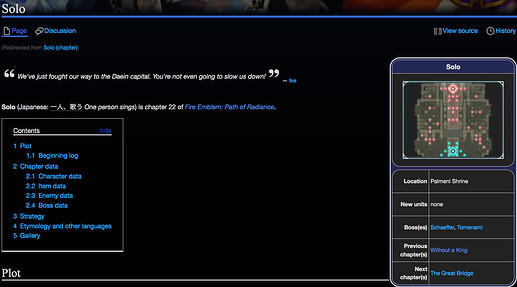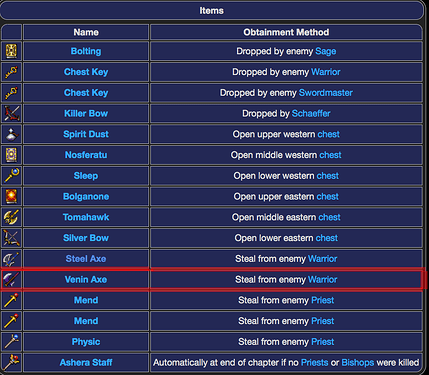(I really want to reply to everything! Poison is just exciting! AAAaaaaAAAAAAAAAA.)
I think this is a bit reductive - For the other status conditions, you have to address the issue in an active capacity -
ie. for silence and sleep, you can bait out each shot, or have alternative plans for when a unit gets afflicted by having a different unit move forward in their place.
This means that the other status conditions require some strategic handling to get around, whereas poison is “just damage”, so it requires much less forethought if any at all.
But also, I think we can have faith that the mechanic was not added to be annoying, that the developer actually wanted it for a reason that’s important to them; because adding things for the express purpose of annoying players is not something most developers…do? Most games are there to be challenging, fun, or about their experience; and “annoying” is frequently what happens when “challenging” goes wrong, if that makes sense.
Poison fits that bill well: FE5 Poison creates a tactical problem to solve due to its unlimited duration, and FE6 changing all status conditions to cure over time means that it jumped categories as a consequence that wasn’t given enough forward thinking.
I don’t think this tracks. A poison weapon’s to kill the player unit when they’re careless - FE10 is the first game where it’s possible to obtain one without glitches and that seems more like an oversight. You the player are not intended to use them, which is why the damage not being too high is okay: It’s asking if you’re going to keep using this unit or pull them back to heal them; making a value judgment and thinking multiple turns ahead to estimate how much damage they’ll be taking.
Shadows of Valentia – where poison was reworked into something very useful for the players, being a flat 10 nonfatal damage! – is the first game where you are intended to get them. Three Houses makes it 10% HP, something that’s an appreciable amount in many situations.
Y…yes, it does, if you don’t die to poisons you recover. Pretty much in the same way that it does when you get sick, are wounded, eat bad food, imbibe alcohol, take drugs, overconsume…
After being inserted into your bloodstream your body actually has multiple mechanisms for taking out things that it ‘thinks’ shouldn’t be there, most notably your liver being literally the organ that does this. That’s what the organ does: filter toxins! Its primary purpose is to maintain the correct chemicals in your bloodstream and make sure that when you eat something foul it doesn’t get into your blood.
I agree with your actual point, however. Poison being both low damage and limited duration is why it’s horrible.
I think this is usually pretty sensible. You’re not using the poison weapon except when you want the poison, so being worse than the basic weapon accentuates that nature.
I do agree that it’s really overkill - the poison weapon should at least boast a good hit rate. Low critical, though, is absolutely the worst thing, since it means staring down “the RNG said you have to reset now” even when the player doesn’t make an actual error in judgement, just luck not rolling their way one time being devastating.

